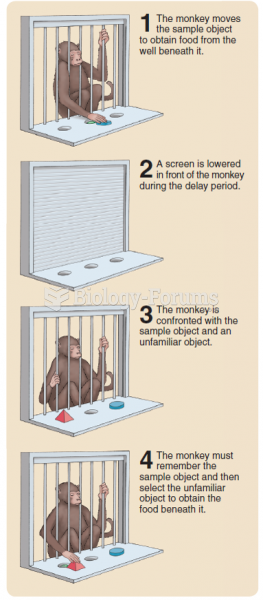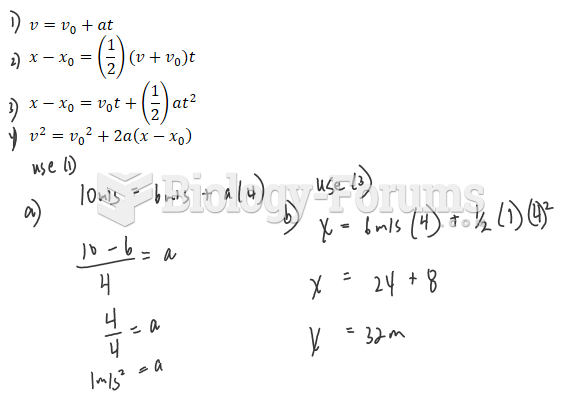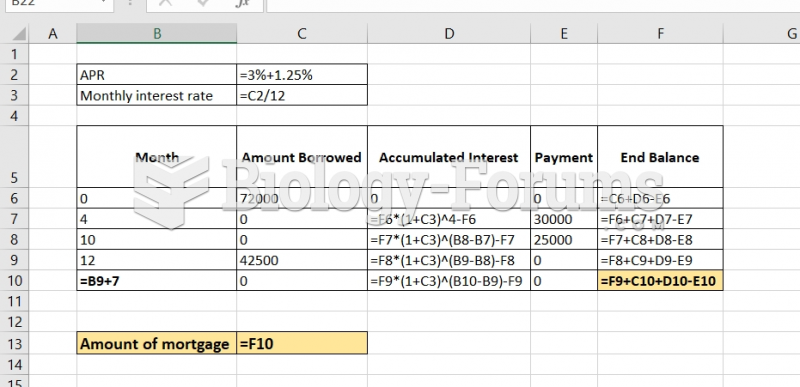Answer to Question 1
B
Answer to Question 2
1. The opportunity cost to Wild Orchid of producing the 3,500 units of Stronglast is the contribution margin lost on the 3,500 units of Everlast that would have to be forgone, as computed below:
Selling price
Variable costs per unit:
Direct materials
Direct manufacturing labor
Variable manufacturing overhead
Variable marketing costs
Contribution margin per unit
Contribution margin for 3,500 units (28 3,500 units) 52
10
2
8
4 24
28
98,000
The opportunity cost is 98,000. Opportunity cost is the maximum contribution to operating income that is forgone (rejected) by not using a limited resource in its next-best alternative use.
2. Contribution margin from manufacturing 3,500 units of Stronglast and purchasing 3,500 units of Everlast from Chesapeake is 105,000, as follows:
Manufacture
Stronglast Purchase
Everlast
Total
Selling price
Variable costs per unit:
Purchase costs
Direct materials
Direct manufacturing labor
Variable manufacturing costs
Variable marketing overhead
Variable costs per unit
Contribution margin per unit
Contribution margin from selling 3,500 units of Stronglast and 3,500 units of Everlast
(18 3,500 units; 12 3,500 units) 40
10
2
8
2
22
18
63,000 52
36
4
40
12
42,000
105,000
As calculated in requirement 1, Wild Orchid's contribution margin from continuing to manufacture 3,500 units of Everlast is 98,000. Accepting the Apex Company and Chesapeake offer will benefit Wild Orchid by 7,000 (105,000 98,000). Hence, Wild Orchid should accept the Apex Company and Chesapeake Corporation's offers.
3. The minimum price would be any price greater than 22, the sum of the incremental costs of manufacturing and marketing Stronglast as computed in requirement 2. This follows because, if Wild Orchid has surplus capacity, the opportunity cost = 0. For the short-run decision of whether to accept Apex's offer, fixed costs of Wild Orchid are irrelevant. Only the incremental costs need to be covered for it to be worthwhile for Wild Orchid to accept the Apex offer.








